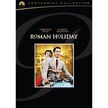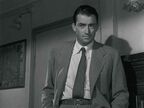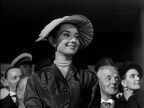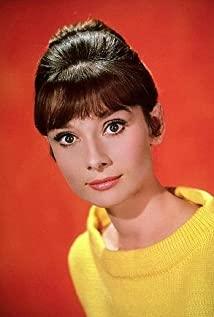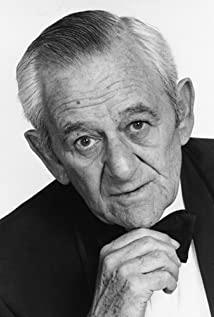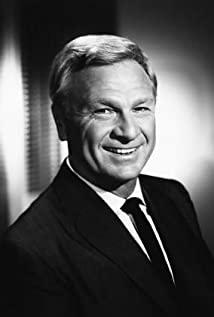Complete tasks utilitarian and feel like writing shit. Even so, there is still a little gain, and the last few paragraphs are indeed written there. Probably thanks to the movie there really is something.
The definition of a long shot refers to the continuous shooting of a scene or a scene with a relatively long period of time to form a relatively complete sequence of shots. As the name implies, it is a shot that takes up a long time on film and is taken continuously over a sustained period of time. This naming is mainly symmetrical with relatively short shots . Long takes can contain more content or become a montage of sentences.
Realist films use the camera's reproduction of reality to make the film more real, not more dramatic, which is exactly in line with the characteristics of long shots: the continuity, originality, and authenticity provided by long shots are exactly what realist films yearn for. Yes, compared with the splicing of short shots, this original presentation gives the audience a greater degree of freedom to understand and feel the film for themselves. The realism and reality of the film are more easily accepted. At the same time, a good long shot also tests the director's scheduling of shots. To make the audience feel the truth, the film itself must first be solidly shot.
As a classic movie, "Roman Holiday" has been released in 1953 and has not lost its vitality in the past 66 years. Of course, this is not only due to the great hero and heroine Gregory Peck and Audrey Hepburn. The movie itself It is quite powerful to be able to tell a story that is not very special like this. Among them, the use of long shots is not uncommon in this film, and it runs through and connects the whole film well.
The first long shot in the film occurs when Princess Anne flees the court. Although the duration is not long, this long shot with a long view makes us truly feel the difficulty of the princess's "escape": cautiously and slightly panic, opened the door to that new world.
When the princess met the newspaper reporter Qiao for the first time on the bridge, the film gave a long frontal shot, vividly presenting a dizzy and joyful princess in front of us. The shot of this segment is not fixed. , but moved slightly to keep up with the characters' shifting movements and faithfully record the entire first encounter scene. It's here that she transitions from a distant royal princess into the life of a normal person, and this long shot does a good job of that transition.
If the last long shot mainly portrayed Princess Anne, this scene of Joe bickering with his boss vividly brings out the image of a well-spoken, clever and slightly ruffian reporter. So far, the image of the two protagonists has been basically established.
In the open-air cafe, the two started chatting about each other. Later, Joe's friend Owen joined the scene, adding a lot of conflict, drama and tension to this scene. And all of this is presented to us through two long shots, which is actually the epitome of their beautiful day: happiness, leisure, curiosity about the surroundings, and a lot of fun, and a long shot at the mouth of the truth behind. The same goes for the lens. From the introduction of many events in the day, the director focused on showing two places with long shots to describe their day in detail. It can be said that it is from the small to the big, the details are appropriate, and it plays a role in changing the rhythm.
It can be contrasted with the editing and splicing of a large number of short shots at the dance on Angelo’s ship, the switching of shots between the protagonist and the agent, and the switching of different camera positions in the following fights, all to highlight his nervousness. The atmosphere and the tight rhythm are very different from the leisurely and comfortable choices rendered by the long shots at the front. The shots here are overwhelming, and some of them are even unstoppable. This is exactly the effect the director hopes to express.
The long shot of the handshake at the end was given to a princess on the left side. In order to shake hands with Joe, the princess held it all the way from her right side, and the camera slowly pulled back. The outside was calm and slow. , and the contrast between the two sides of the heart and the eagerness should not be too good. At the same time, it also gives the audience time to brew emotions, and in this way, the audience is brought into it. When the male and female protagonists shake hands and talk at the end, it is not easy to come by. . It is the spatiotemporal continuity of the long shot that makes it so.
In the end, the scene where the hero Joe stayed at the end and left and walked out of the palace alone was probably "a thousand Hamlets in the eyes of a thousand people". Once again he watched the princess leave until the end, he left the palace, but the camera was now in front of him, and pulled back, he looked like he was moving: he started slowly, then gradually accelerated When he got to the pillar where he was going to go out, he slowed down again, he slowed his pace, the little smile on his face became stagnant; he stopped, turned back halfway, and after smacking it, he finally started again and walked. open. At this time, the camera is fixed, he walks out of the screen, and the screen plays "the end". When I wrote this paragraph, I felt that the depth-of-field long shot was like a line drawing. You don't have to say anything, you just record it quietly, one action after another, without adding emotion deliberately, and let the audience appreciate it. All the deep feelings, all the feelings that are about to burst out, are all in it. Needless to say.
It can be said that "Roman Holiday", every important scene of the film is portrayed with at least a certain degree of long shots. The continuous and actual time and space they present makes people immersive, as if witnessing this beautiful scene. Rome happened in front of our eyes in one day, let us objectively believe in the existence of the story in the film, and then share the joys and sorrows with the characters on the screen, advancing and retreating together.
We have every reason to believe in the audience, and believe that what the audience grasps and wants must be more moving and realistic than what the director feeds. This is precisely the greatest benefit of long shots—— Not just another rhythm change, try a shooting method and enrich a film language. It is the decentralization of emotion, the decentralization of understanding. This is not only based on a trust, I think, but also an attitude.
View more about Roman Holiday reviews



